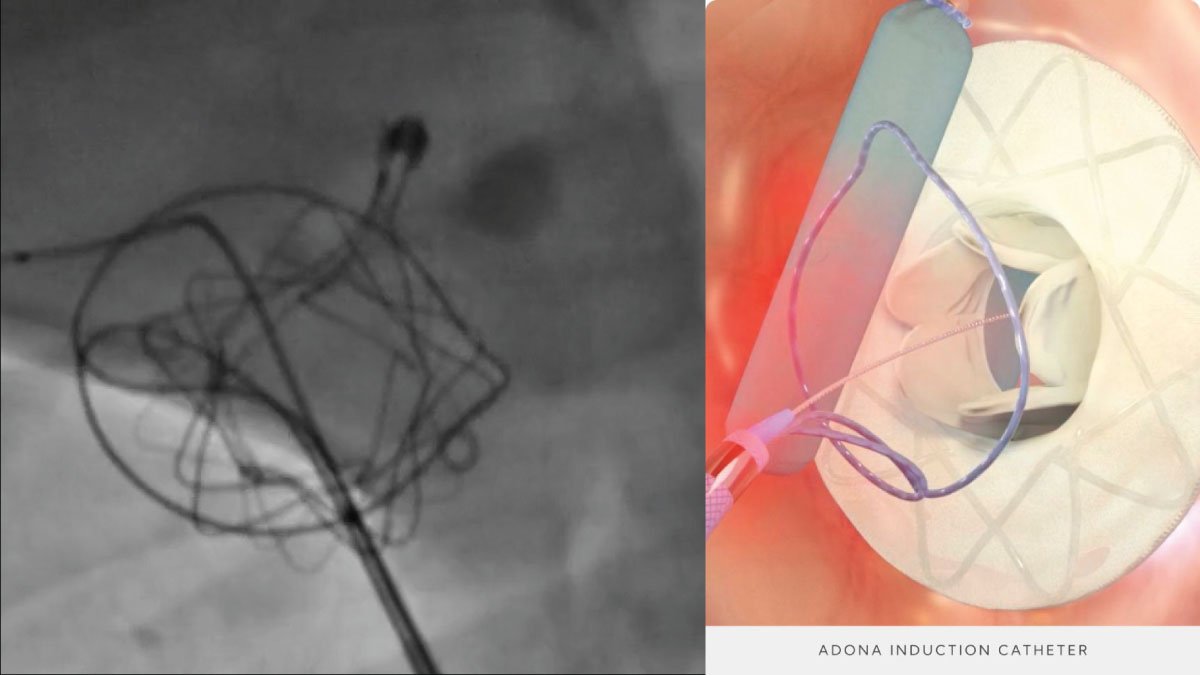Wearable Stretchable Sensor by NUS and A*STAR Revolutionizes Solid-State Skin Biomarker Detection

A team from the National University of Singapore (NUS) and A*STAR have created an advanced Wearable stretchable sensor that can detect skin biomarkers without the need for invasive procedures, offering quick, continuous, and efficient monitoring. This groundbreaking technology is set to improve the early detection of diseases and make health tracking more seamless.
Revolutionizing Skin Biomarker Detection with Wearable Stretchable Sensor
A milestone in the realm of wearable technology has been achieved by a team from NUS and A*STAR with their invention of a stretchable sensor. This sensor is designed for easy and non-invasive detection of skin biomarkers, introducing a revolutionary approach to continuous health surveillance by providing immediate insights into biomarkers indicative of underlying health issues.
Advantages of the Wearable Stretchable Sensor
This new sensor is distinguished by its stretchable and wearable nature, ensuring its comfort for extended use. Unlike conventional diagnostic methods that often involve invasive techniques, this sensor provides a non-invasive alternative, greatly enhancing patient comfort. Its continuous monitoring feature allows it to track changes in biomarkers like glucose and cholesterol levels in real-time, offering a more comprehensive understanding of a patient’s health condition.
Importance of Real-Time Monitoring
This real-time monitoring feature is vital for the management of chronic illnesses such as diabetes and heart diseases. For example, by monitoring glucose levels throughout the day, individuals with diabetes can make more accurate adjustments to their medication and diet, potentially reducing the risk of complications. The ability to detect biomarker changes early on can also facilitate prompt medical action, likely leading to better health outcomes and reduced healthcare expenses.
Implications in the Healthcare Field
The potential uses for this wearable sensor stretch far beyond individual health tracking. It could be integrated into various medical devices and systems, including smart bandages for wound healing monitoring or health monitors for tracking multiple biomarkers at once. This flexibility positions it as a crucial tool for both patients and healthcare providers aiming for more advanced and proactive health monitoring solutions.
Looking Ahead
As wearable health technology continues to progress, we can expect further advancements in the accuracy, resilience, and integration with other health management tools. Future developments could include the addition of more biomarkers for a more in-depth health assessment and improvements in data analysis to boost the predictive aspects of these devices. The push towards personalized healthcare solutions is likely to increase the adoption of such wearable sensors, making proactive and preventative care more accessible and effective.
Conclusion
The development of the stretchable sensor by NUS and A*STAR represents a significant breakthrough in the field of wearable health technology. By enabling rapid, continuous, and non-invasive detection of skin biomarkers, this sensor is set to improve the early identification of diseases and enhance health surveillance. As technology advances, such innovations are poised to revolutionize patient care, offering more precise, real-time health data that can lead to better management of chronic conditions and enhanced overall health outcomes.




















